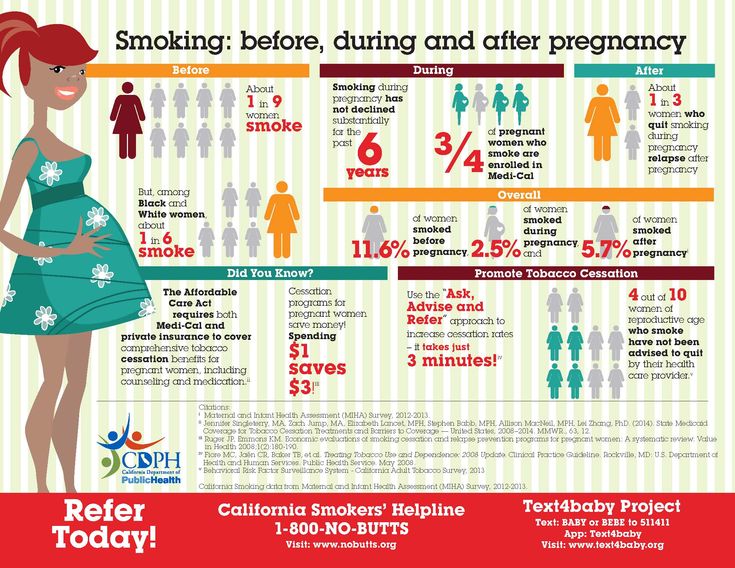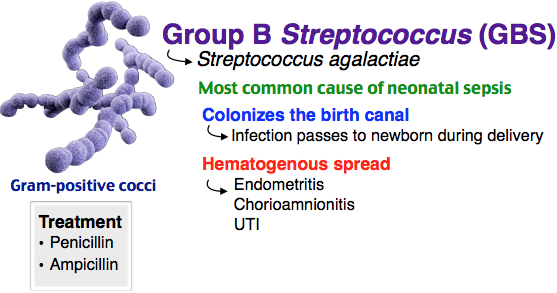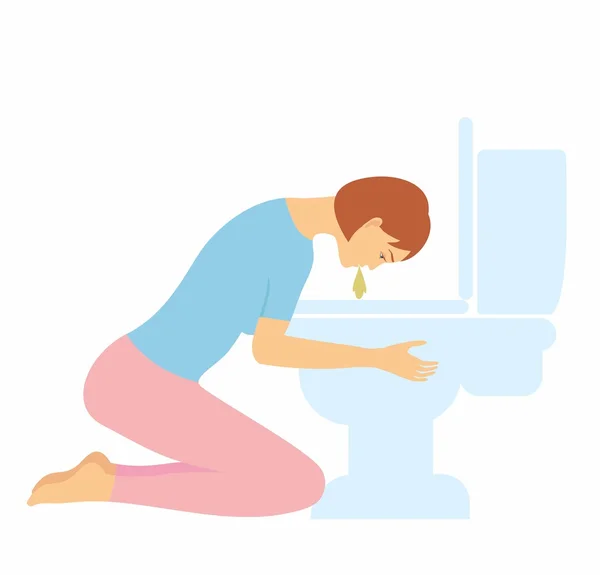Dark spots on breast during pregnancy
The Reasons Behind Brown Spots Around Breasts
Breasts are one of the important body parts and need to take care of carefully. Moms should know some facts about this special body part. Moreover, it's a must to take care of your breast and pay more attention to it.
Paying attention to the breasts is a must because there are many symptoms of the disease that appear in the surrounding area, for example, such as brown spots that appear around the breasts. Is it dangerous for brown spots that appear on the breast? What is the cause and how to solve it? Read the explanation in here Moms!
What Causes Brown Spots on Breasts
1. Pregnancy and Pregnancy Hormones
Signs of pregnancy can be seen from the changes in the nipples. As reported on the Healthline page, the size of the areola glands in the body of pregnant women will enlarge due to hormones during pregnancy. Enlargement of the size of the areola glands will look like brown spots resembling pimples.
These enlarged brown spots are actually harmless because they are hormonal in nature. The size of the enlarged areola gland does not need special treatment because it will return to normal after the hormone stabilizes. Be aware not to press the brown spots as this will cause infection. If you are worried about the state of brown spots, it is recommended to consult a doctor.
2. Congested Nipples
According to the Healthline page, brown spots can also be caused by blocked nipples. The blockage can occur due to milk clots and skin formed from milk blisters. This milk blister is what causes the appearance of spots around the areola. Pressure from a nursing baby can clear any blockages. If the blockage does not go away, you will be at risk of a breast infection called mastitis.
Read also:
3. Fungal Infection
One of the causes of brown spots around the breasts is caused by a fungal infection. As a result of this fungal infection itself can cause other symptoms, such as red nipples and excessive pain.
If you have a yeast infection, contact your doctor immediately to get the right treatment.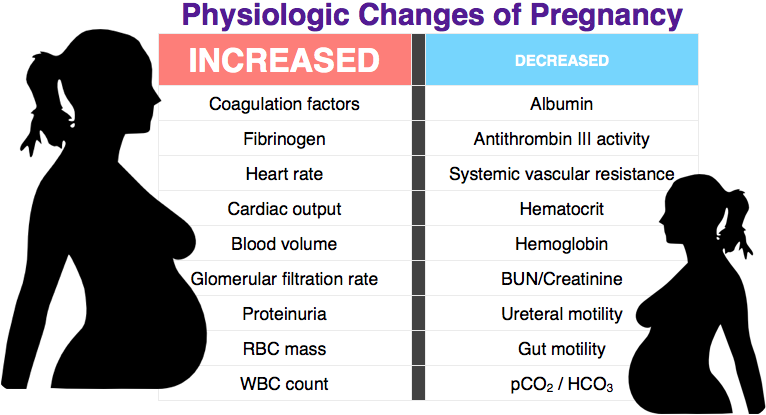 Fungal infections can be said to be dangerous because they can be transmitted to babies.
Fungal infections can be said to be dangerous because they can be transmitted to babies.
4. Pressure on the Breasts
The cause of brown spots on the breast can occur due to pressure. The use of a bra that is too tight and a sling that is too tight can cause brown spots to appear around the breasts. This can lead to blockage of the flow of breast milk (ASI).
5. Paget's Disease and Breast Cancer
Basically, brown spots on the breasts are hormonal and can disappear on their own. However, this cannot be taken lightly and needs to be watched out for because the spots that appear are symptoms of Paget's disease. The cells present in Paget's disease can form breast cancer.
Read also:
How to Overcome Brown Spots on Breasts
After knowing the cause of brown spots that appear around the breasts, Moms also need to know how to deal with them safely. Here are some method that can be applied:
1. Warm Water
Brown spots caused by blockages can go away on their own, but you can do things to relieve them, such as compressing your breasts or taking a warm bath.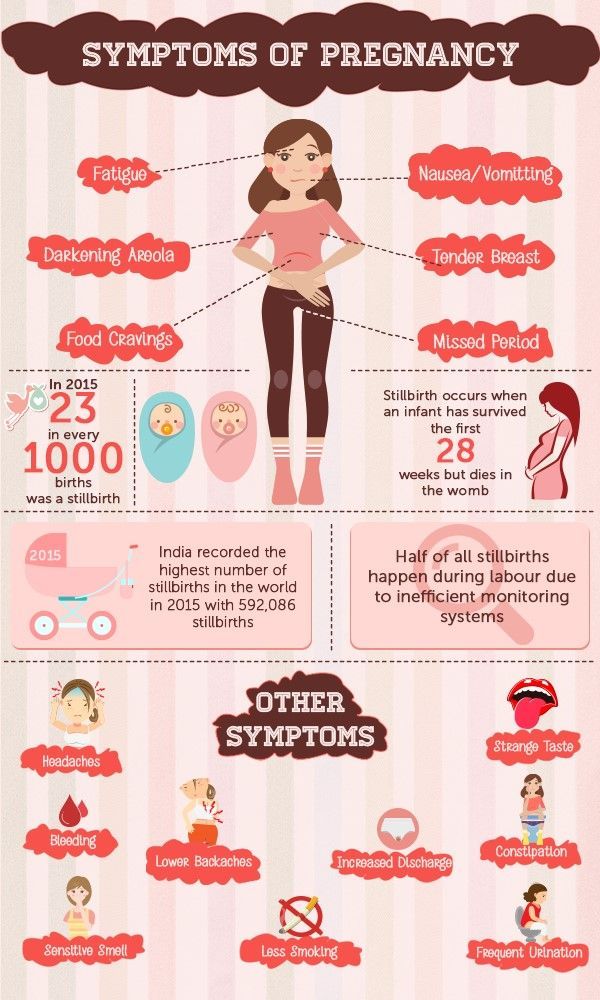
2. Massage
Gentle breast massage can remove blockages that cause brown spots around the breasts.
3. Comfortable Bra
Brown spots around the breasts can also be caused by pressure from wearing a bra that is too tight. Moms need to pay attention to the size and material of the bra used during pregnancy and breastfeeding. During the breastfeeding period, Moms definitely need a comfortable nursing bra to support daily activities. A maternity nursing bra from MOOIMOM can provide complete comfort for Moms. The super-soft and seamless design supports Moms to breastfeed easier. Moms can directly get this MOOIMOM Super Soft Seamless Maternity & Nursing Bra on the MOOIMOM official website.
$[banner_single]$
4. Healthy Lifestyle
During pregnancy, mothers are encouraged to have a healthy lifestyle. Doing sports and consuming healthy foods and the right supplements can increase the body's immunity.
5. Consultation with a Doctor
If the condition caused by brown spots gets worse, you are advised to consult a trusted doctor.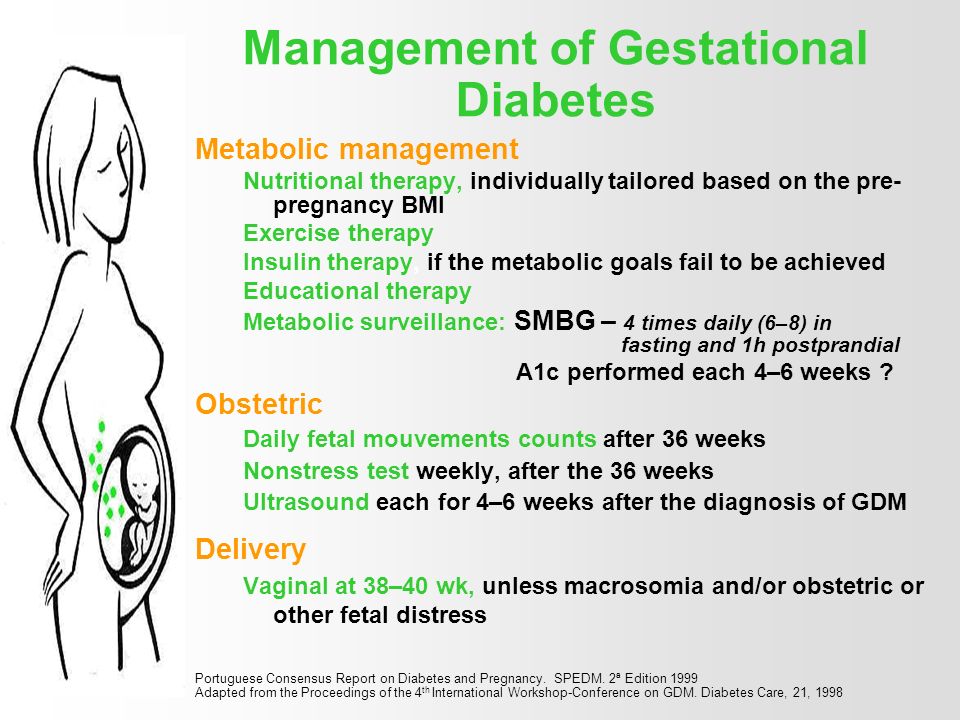
Skin darkening during pregnancy (melasma or chloasma)
It's common to develop blotchy spots of darker skin when you're pregnant, a condition called melasma or chloasma. Women with darker complexions are more likely to have melasma than women with lighter skin. Changes in skin pigmentation due to melasma usually disappear on their own after delivery.
Is it normal to have melasma during pregnancy?
Yes, it's common to develop blotchy spots of darker skin when you're pregnant, a condition called melasma or chloasma. Melasma is also sometimes referred to as the mask of pregnancy because the splotches typically show up around your upper lip, nose, cheekbones, and forehead in the shape of a mask.
You may also develop dark patches on your cheeks, along your jawline, or on your forearms and other parts of your body that are exposed to the sun. What's more, skin that's already more pigmented – such as your nipples, freckles, scars, and the skin of your genitals – may become even darker during pregnancy.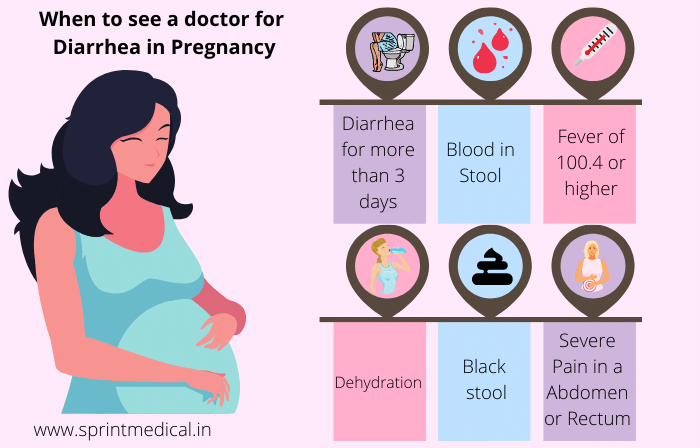 This also tends to happen in areas where friction is common, such as your underarms and inner thighs.
This also tends to happen in areas where friction is common, such as your underarms and inner thighs.
What causes melasma?
Melasma may be triggered by hormonal changes during pregnancy, which stimulate a temporary increase in the amount of melanin your body produces. Melanin is the natural substance that gives color to hair, skin, and eyes.
Sun exposure plays a role too. Women with darker complexions are more likely to have melasma than women with lighter skin.
You're also more likely to develop melasma if it runs in your family.
The same increased production of melanin that causes the facial splotches of melasma also causes the linea nigra, or dark line that you may notice running down your belly.
The linea nigra will probably fade back to its pre-pregnancy color several months after you deliver your baby, but may not completely disappear.
How can I prevent melasma from getting worse during pregnancy?
All changes in skin pigmentation due to melasma usually disappear on their own after delivery, but you can do a few things to safely minimize darkened spots on your skin during pregnancy:
- Use sun protection.
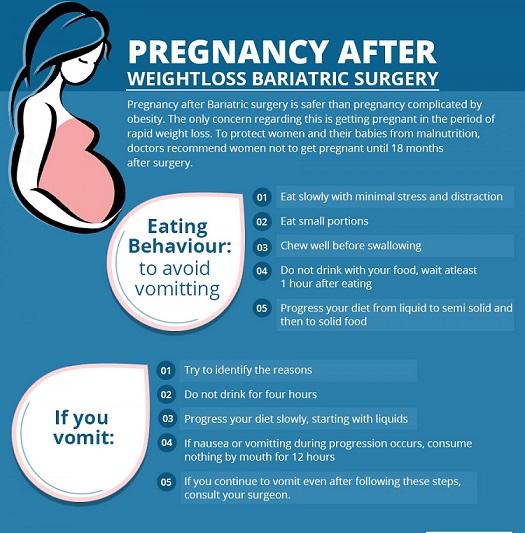 This is crucial because exposure to the sun's ultraviolet (UV) rays triggers melasma and intensifies pigment changes. Use a broad-spectrum sunblock (a formula that protects against both UVA and UVB rays) with SPF 30 or higher every day, even when it's not sunny, and reapply often during the day if you're outside. This is true even if you have dark skin. Although dark skin has more melanin (pigment) than lighter skin and doesn't sunburn as quickly, it's not enough to protect you from harmful UV radiation.
This is crucial because exposure to the sun's ultraviolet (UV) rays triggers melasma and intensifies pigment changes. Use a broad-spectrum sunblock (a formula that protects against both UVA and UVB rays) with SPF 30 or higher every day, even when it's not sunny, and reapply often during the day if you're outside. This is true even if you have dark skin. Although dark skin has more melanin (pigment) than lighter skin and doesn't sunburn as quickly, it's not enough to protect you from harmful UV radiation.Even if you don't plan to leave the house or spend much time outside, it's a good idea to apply sun protection as part of your morning routine. The American Academy of Dermatology cautions that your skin is exposed to a significant amount of UV light whenever you walk down the street, ride in a car, or even sit inside near a window.
When you're outside, wear a wide-brimmed hat as well as a long-sleeved shirt if you have pigmentation changes on your arms. Limit the time you spend in the sun, especially between 10 a.
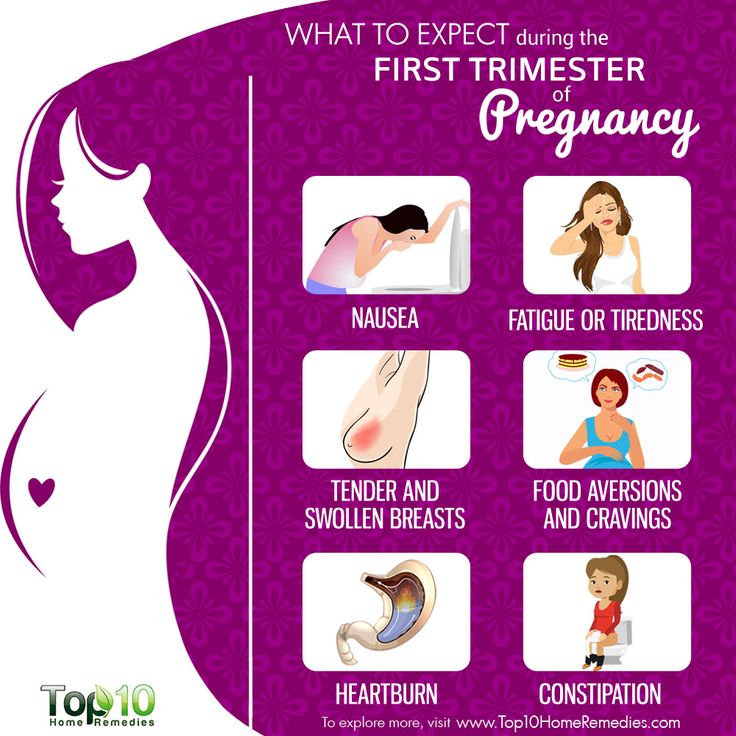 m. and 2 p.m. And definitely avoid tanning salons.
m. and 2 p.m. And definitely avoid tanning salons. - Don't wax. Using wax to remove hair can cause skin inflammation that worsens melasma, especially in areas of your body that are affected by pigmentation changes.
- Use hypoallergenic skin care products. Cleansers and face creams that irritate your skin may make melasma worse.
- Apply concealer. If the darkened spots bother you, cover them up by using makeup for now. Concealer with white and yellow undertones often helps, but consult the makeup salespeople at your local store to find the right product for your skin type. You can also seek the advice of a board-certified dermatologist. Don't use skin-bleaching products while you're pregnant, and talk to your doctor before starting them if you are breastfeeding.
Advertisement | page continues below
Will I still have melasma after my pregnancy?
Melasma usually fades without treatment after you have your baby. The darkened spots probably will fade within a year after delivery, and your skin should return to its normal shade, although sometimes the changes never completely disappear.
The darkened spots probably will fade within a year after delivery, and your skin should return to its normal shade, although sometimes the changes never completely disappear.
For some women, contraceptives containing estrogen (such as the Pill, the patch, and the vaginal ring) can also contribute to melasma. If the skin changes are bothersome, consider another birth control option.
If your skin is still blotchy a few months after giving birth and it's bothering you, talk to your healthcare provider or a dermatologist about treatment options for melasma. She may suggest using a bleaching cream that contains hydroquinone (and possibly sunscreen), a topical medication that contains tretinoin (Retin-A), or a chemical peel such as azelaic acid.
If you're breastfeeding or plan to get pregnant again soon, let your provider know and check with her before using any over-the-counter treatments.
Don't expect instant results – it may take many months to see improvement. If other treatments haven't helped, a dermatologist can lighten dark spots with laser treatments, but that's not the first option.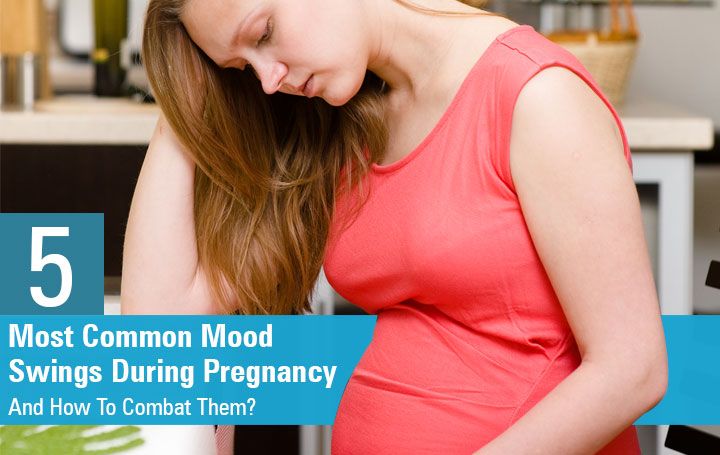
In any case, continue to protect your skin from the sun by using sunscreen every day, wearing protective clothing, and staying out of the sun during peak hours.
Certain types of skin discoloration can be a symptom of skin cancer or other medical problems.
Call your provider if you have changes in skin pigmentation as well as pain, tenderness, redness, or bleeding, or if you notice any changes in the color, shape, or size of a mole.
You may be referred to a dermatologist for a diagnosis and appropriate treatment.
Wondering what skin care products are safe and which to avoid while pregnant? Check out our article on safe skin care during pregnancy.
Learn more:
- Acne during pregnancy
- Hair and nail changes during pregnancy
- Varicose veins during pregnancy
Was this article helpful?
Yes
No
Pigmentation during pregnancy is not a disease
Waiting for a little baby is the most magical and unique period in a woman's life. The expectant mother becomes mysterious, sensitive, caring and unhurried.
The expectant mother becomes mysterious, sensitive, caring and unhurried.
The body of a pregnant woman changes every day, and this is natural - after all, a small defenseless little man grows under her heart, whose life and health largely depends on her mother.
A woman already from the first weeks of pregnancy notices changes in her body: the shape is rounded, the breast becomes one size larger and more sensitive than before. nine0003
Pigmentation is a fairly common phenomenon during an interesting situation. The appearance of pigmentation on the face and body worries many women.
Some of them are interested in the causes of pigmentation on the skin, while others are trying to find ways to get rid of it. Pigment is a brown coloring matter. Pigmentation is more common in brunettes and dark-skinned women.
There is a popular belief that if a woman's skin deteriorates during pregnancy and age spots become noticeable, she will be a girl! But it is hardly possible to believe in it one hundred percent.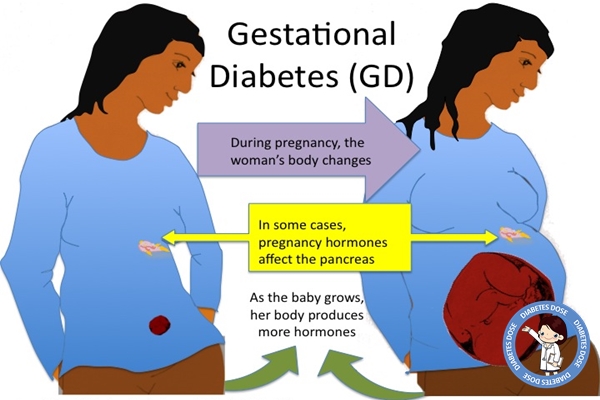 Skin pigmentation is a temporary phenomenon, like pregnancy itself, and age spots also happen with boys in the tummy. nine0003
Skin pigmentation is a temporary phenomenon, like pregnancy itself, and age spots also happen with boys in the tummy. nine0003
Brown spots in pregnant women are called differently: chloasma, mask, hyperpigmentation of the skin. Pigmentation most often appears on a woman's forehead, cheeks, chin, and also happens above the upper lip. A woman can also notice pigmented areas of skin with sharply defined edges on the neck, chest and tummy in the form of a thin strip. If earlier, with the beginning of spring, you had freckles on your face, then most likely their appearance will intensify during pregnancy as a kind of manifestation of pigmentation. nine0003
What causes pigmentation during pregnancy? Of course, this is a hormonal restructuring of the body of the woman herself, changes in the work of all organs, primarily the adrenal cortex and pituitary gland. There are opinions that pigmentation is a genetic phenomenon, and also takes place in case of a lack of folic acid in a woman's body.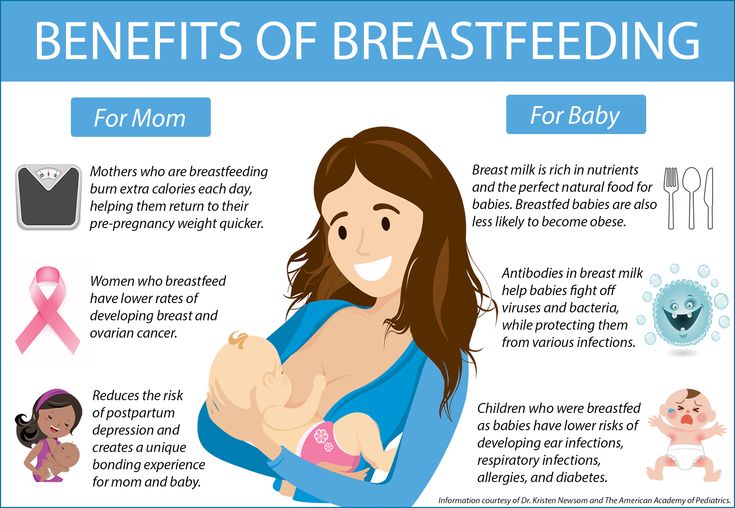
In order to prevent and prevent the appearance of pigmented areas of the skin, pregnant women are advised to take quite affordable preventive measures:
- reduce sun exposure. Bright sunlight has beneficial properties, thanks to which vitamin D is constantly produced in the body, but even a short stay in the open sun can provoke pigmentation. If possible, wear light clothing that covers the body, as well as use sunscreen for children with a sufficiently high degree of protection;
- carefully monitor your own health, avoid hypothermia and colds; nine0022
- limit the use of cosmetics as much as possible in the summer to avoid the appearance of pigmentation and allergies;
- take complex vitamins specially formulated for pregnant women, especially folic acid;
- eat right, include more vegetables, fruits, cereals and dairy products in your menu;
- avoid stressful situations, do not get nervous and do not "wind" yourself over trifles.
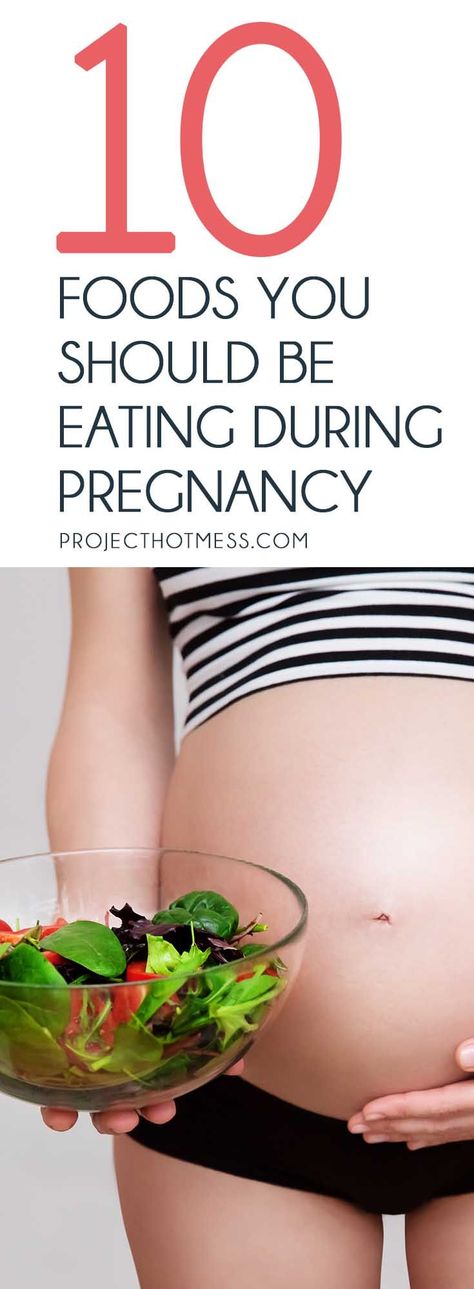
Experts believe that when pigmentation appears while expecting a child, a woman should not take measures to remove them and especially worry about this, she should try to calmly accept these changes in the body, because the spots disappear, as a rule, on their own within two months after childbirth. But for a woman in an interesting position, even such harmless spots can ruin her mood and bring her to tears. nine0003
You always want to be beautiful and well-groomed!
If during pregnancy you were “lucky” to become a carrier of specific age spots, then here are some tips to make them less noticeable:
- You can prepare a mask of kefir and lemon juice. Apply such a mask to the skin, hold for about 15-20 minutes, then rinse thoroughly with warm water;
- gentle curd mask is a reliable assistant in the fight against age spots: mix cottage cheese with curdled milk, apply this mixture on your face for 15 minutes, then rinse thoroughly with boiled water; nine0022
- cucumber mask is good for whitening age spots.
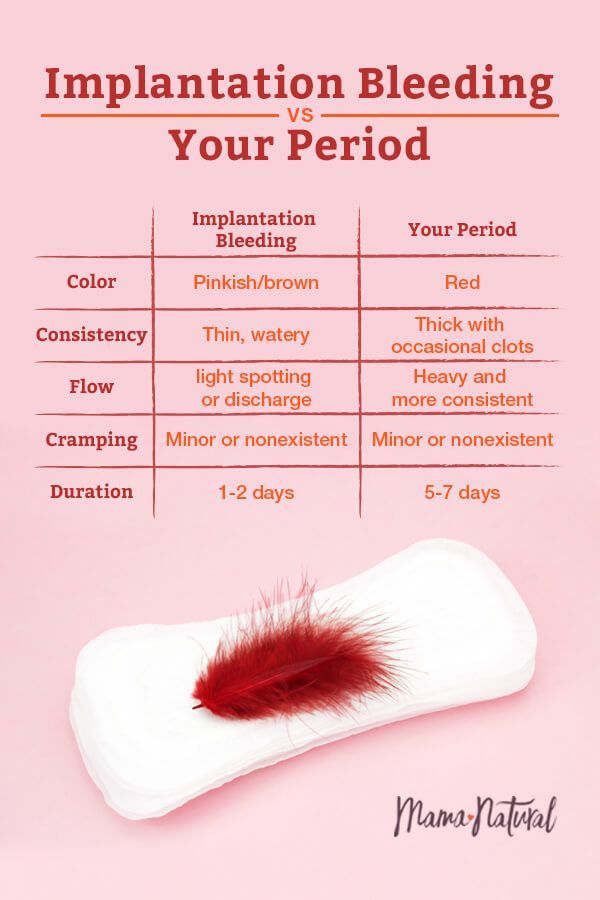 To prepare it, you need to grate the cucumber and apply on the face for 15 minutes, then remove with a cotton swab;
To prepare it, you need to grate the cucumber and apply on the face for 15 minutes, then remove with a cotton swab; - recommend freshly squeezed grapefruit juice and parsley juice to lighten age spots, which are applied to spots and washed off with water after 15-20 minutes. For the best effect, you need to repeat these procedures for at least one week.
In the fight against pigmentation, it is necessary to use only "folk" natural remedies that are very useful for the expectant mother and will not harm the baby. nine0003
And remember, characteristic skin changes during pregnancy are not a disease, but a natural phenomenon, just like the desire for something salty or sweet...
With the birth of a long-awaited baby, the spots will disappear and your beauty will return to you!
Consult a dermatologist. Consultation is free, appointment by phone: +7 (499) 608-88-08
Pigmentation during pregnancy: how to get rid of it - Parents.ru
Pregnancy
- Photo
- DiMedia/Shutterstock
Pigmentation is the darkening or, conversely, lightening of skin areas, which occurs due to failures in the production of melanin, the pigment responsible for the color of the skin.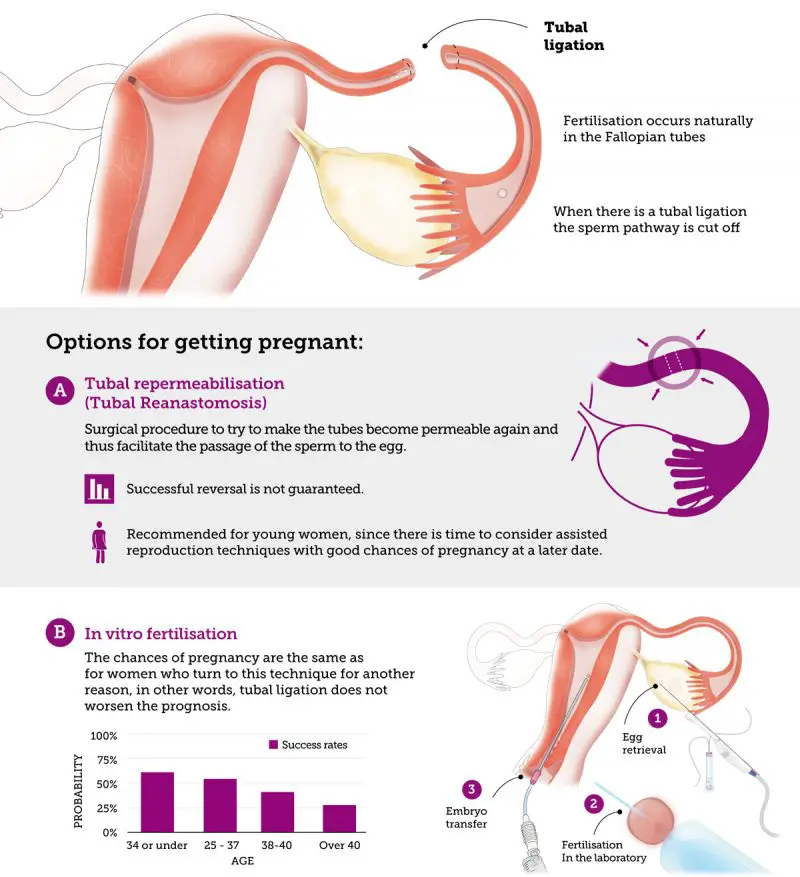 The appearance of such signs suggests that a woman is pregnant. Whether the spots appear dark or light, depends on the original skin color. These marks, characterized by sharp edges and irregular shape, are called melasma or chloasma by doctors. nine0003
The appearance of such signs suggests that a woman is pregnant. Whether the spots appear dark or light, depends on the original skin color. These marks, characterized by sharp edges and irregular shape, are called melasma or chloasma by doctors. nine0003
During pregnancy, they can appear both on the face (on the forehead, chin, around the eyes, on the upper part of the cheeks, on the upper lip), and on other parts of the body: on the inside of the thighs, areolas of the mammary glands, on the abdomen.
"Pregnancy mask" on the face: what is it
In some areas, the skin begins to darken in the very early stages of pregnancy. Sometimes the manifestation of this particular symptom prompts a woman to think about pregnancy. First, the nipples and areolas around them, the area of the labia and the clitoris darken. nine0003
In the second trimester, pigmentation becomes brighter and some expectant mothers get the so-called “pregnancy mask” - pigmentation occurs on the face during pregnancy.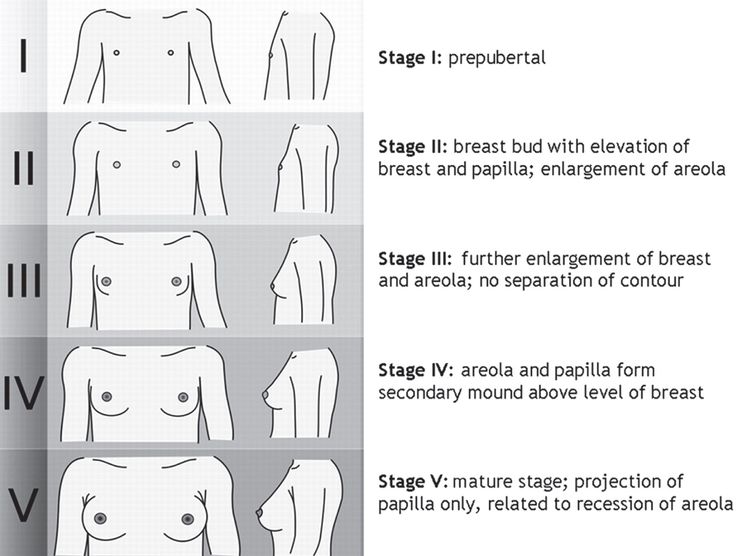 The spots appear on the cheeks, on the nose, on the forehead, cheekbones, under the eyes, above the upper lip and on the chin and can be arranged symmetrically. If a woman is prone to the appearance of freckles, then you need to be prepared for the fact that during the bearing of the baby they will become brighter, and their number will increase.
The spots appear on the cheeks, on the nose, on the forehead, cheekbones, under the eyes, above the upper lip and on the chin and can be arranged symmetrically. If a woman is prone to the appearance of freckles, then you need to be prepared for the fact that during the bearing of the baby they will become brighter, and their number will increase.
Pigmentation during pregnancy on the abdomen appears at about the same time. This brown stripe, which stretches from the navel to the pubis, the so-called Alba stripe, exists in every woman, it just becomes more noticeable during the bearing of the baby. nine0003
Why pigmentation occurs
The color of human skin depends on many circumstances, but the most important is the concentration of coloring substances, or pigments, one of which is melanin. It accumulates in special molecules called "melanosomes", which act as a natural filter that protects the top layer of the skin from the harmful effects of ultraviolet rays.
During pregnancy, the production of melanin changes, because the adrenal glands begin to synthesize more estrogens, progesterone and melanocyte-stimulating hormone. Because of this, more melanin is released, which is concentrated in certain areas of the skin. As a result, the woman develops hyperpigmentation. nine0003
Occasionally, chloasma is caused by oral contraceptives taken before pregnancy or a lack of folic acid. Pigmentation can also indicate problems in the functioning of the liver, pituitary gland, ovaries, incorrect cosmetic procedures, the use of low-quality cosmetics or perfumes. Stress also plays an important role in the appearance of spots on the skin.
Genetics also matter. If the mother had such a problem during pregnancy, then it is possible that age spots during the period of bearing the baby will appear in her daughter. nine0003
Expectant mothers often ask how pregnancy pigmentation affects the baby. If its cause is not an exacerbation of chronic ailments, then age spots will not have any effect on the unborn child.
- Photo
- Konstantin Aksenov/Shutterstock
Age spots during pregnancy: a boy or a girl?
There is a popular belief that age spots during pregnancy appear more often in expectant mothers of girls. This is justified: a girl developing in her stomach takes estrogens from her future mother, and their level in the woman's body decreases. But how then to explain that age spots appear in expectant mothers of boys? In a word, than to guess according to folk signs, it is better to do an ultrasound. It definitely won't go wrong. nine0003
How to reduce the risk of age spots
Age spots are a temporary phenomenon, but not so pleasant. What rules should the expectant mother follow in order to reduce the likelihood of their occurrence?
-
Since pigmentation becomes more noticeable under the influence of ultraviolet rays, protect the skin from the sun: in summer, wear wide-brimmed hats, sunglasses, use sunscreen intended for children;
-
Carefully read the list of ingredients in cosmetics and choose those that do not contain vitamin A, which stimulates the formation of age spots: : green leafy vegetables, cabbage, quality vegetable oil, cereals, fish, liver and beets;
-
But fatty foods are best avoided, because they make the liver work in an enhanced mode, and this threatens with hyperpigmentation.
 nine0003
nine0003 -
Do not disregard the recommendation of the gynecologist to visit an endocrinologist. This is necessary to check the functioning of the thyroid gland.
Will we be treated?
Many experts believe that during pregnancy you should not take any drastic measures to combat hyperpigmentation, and advise you to calmly wait until it disappears by itself some time after childbirth. But among the doctors there are those who do not mind the use of traditional medicine. In that case , the expectant mother should understand that it is unlikely that it will be possible to completely get rid of this problem during the bearing of the baby, the pigmentation will only become less noticeable. And most importantly, before using any remedy, you must always consult a doctor.
These tips, of course, do not apply to cases where chloasma is caused by an exacerbation of chronic diseases. If this is the reason, serious attention should be paid to the treatment of the disease and strictly follow the recommendations of the attending doctor.

